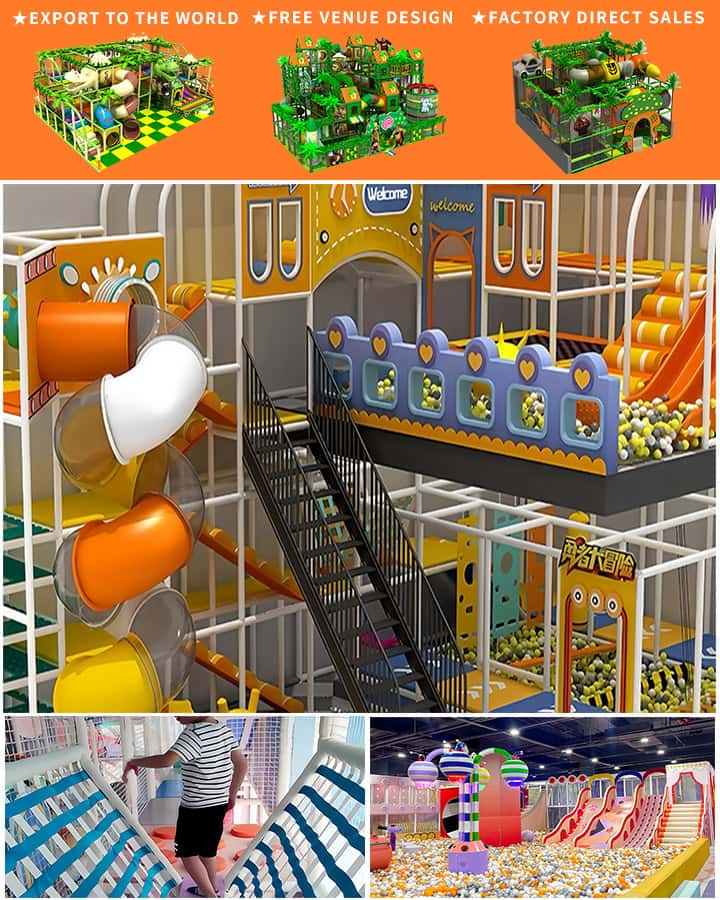In the realm of entertainment and recreational activities, ball cannons and blasters have carved a unique niche, captivating enthusiasts of all ages with their exhilarating performance and engaging designs. Both devices share a common goal — to launch projectiles with impressive speed and force, but they differ significantly in their mechanisms and applications. This article explores the fascinating world of ball cannons and blasters, delving into their designs, functionalities, and various uses.
Ball Cannons: Power and Precision
Ball cannons are typically associated with large-scale amusement parks, sporting events, or even historical reenactments. These powerful devices are designed to launch heavy balls at high velocities, often providing thrilling displays for spectators. The mechanics of a ball cannon involve compressed air or other forms of stored energy that propel the ball forward upon release.
Key Features:
- Energy Source: Ball cannons use compressed air, spring tension, or explosive charges to generate the necessary force.
- Projectile Variety: They can fire different types of balls, ranging from small rubber spheres to larger metal balls, depending on the intended application.
- Launch Mechanism: A well-engineered trigger mechanism ensures precision and consistency in the ball’s trajectory.

Amusement Park Thrills
One of the most popular applications of ball cannons is in amusement parks. Imagine standing near a massive cannon as it prepares to fire a ball skyward. The loud bang, followed by the sight of a ball soaring through the air, creates an unforgettable experience for attendees. These cannons are meticulously maintained to ensure safety and reliability, offering visitors both excitement and peace of mind.
Blasters: Versatility in Action
Blasters, on the other hand, are more versatile and come in a variety of shapes and sizes. Unlike ball cannons, which are often fixed installations, blasters can be handheld or mounted on vehicles, making them suitable for a wide range of activities such as target shooting, paintball games, and even water fights.
Key Features:
- Portability: Many blasters are designed to be easily carried, allowing users to engage in dynamic activities.
- Ammunition Types: Depending on the design, blasters can shoot foam darts, water balloons, paintballs, or other non-lethal projectiles.
- Adjustable Settings: Advanced models might feature adjustable velocities and firing modes to cater to different skill levels and game scenarios.
Competitive Edge
Blasters are particularly prominent in the realm of competitive sports and recreational games. For instance, paintball blasters are a staple in many tournaments, where participants strategize and showcase their marksmanship skills. The advent of gel ball blasters has also gained traction due to their eco-friendly nature and reduced impact compared to traditional projectiles.
Educational and Recreational Use
Beyond competition, blasters play an important role in educational settings and recreational environments. They teach fundamental principles of physics and engineering, while also promoting teamwork and strategic thinking. Schools and science camps often incorporate simple blaster models to demonstrate concepts like projectile motion and energy transfer.
Conclusion: A World of Possibilities
The world of ball cannons and blasters offers a plethora of opportunities for excitement, learning, and recreation. Whether you’re witnessing a spectacular launch at an amusement park, participating in a thrilling paintball match, or exploring the basics of physics in an educational setting, these devices provide endless possibilities for fun and engagement. As technology continues to advance, we can expect even more innovative designs and applications, further enriching our experiences with these incredible projectile launchers.




